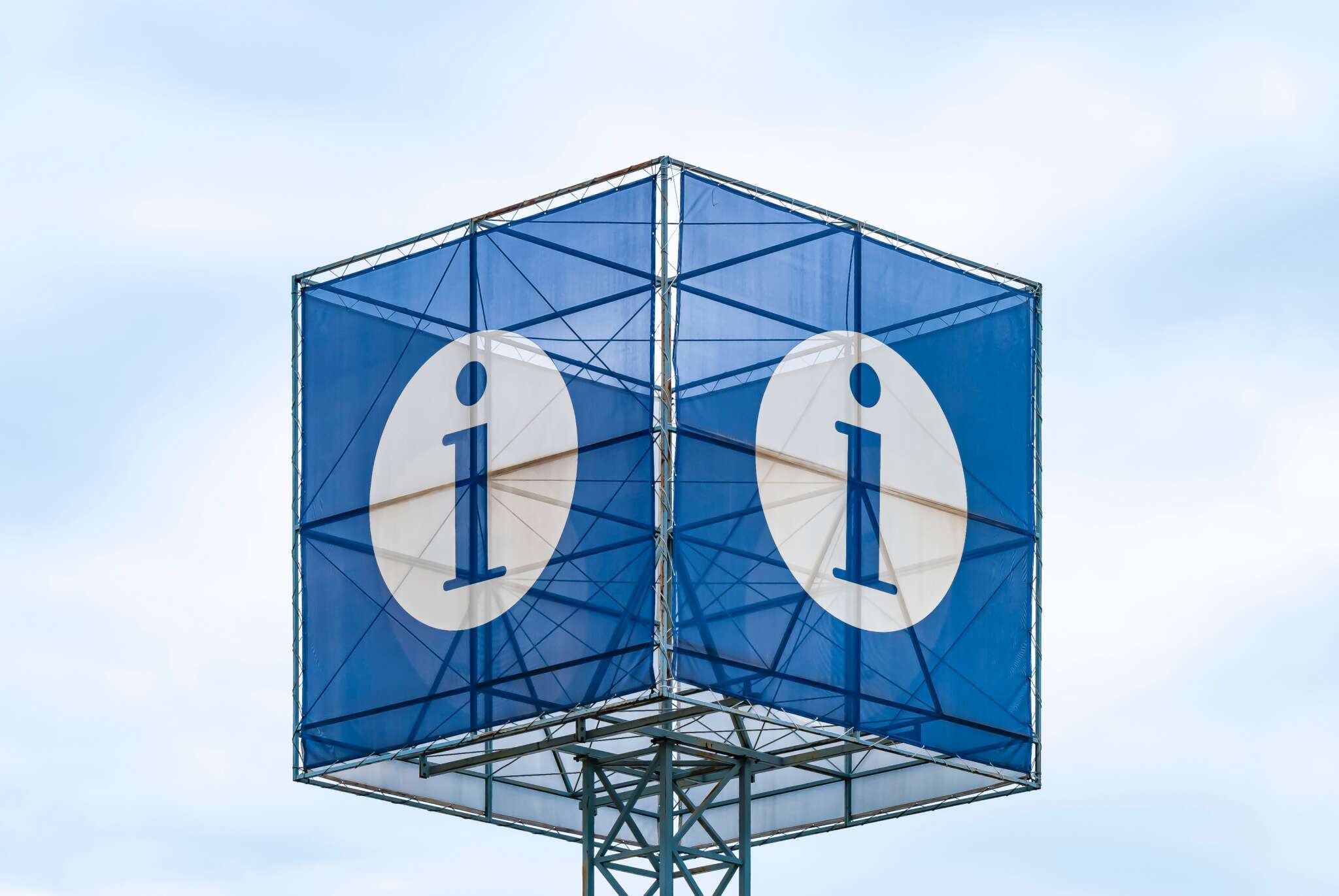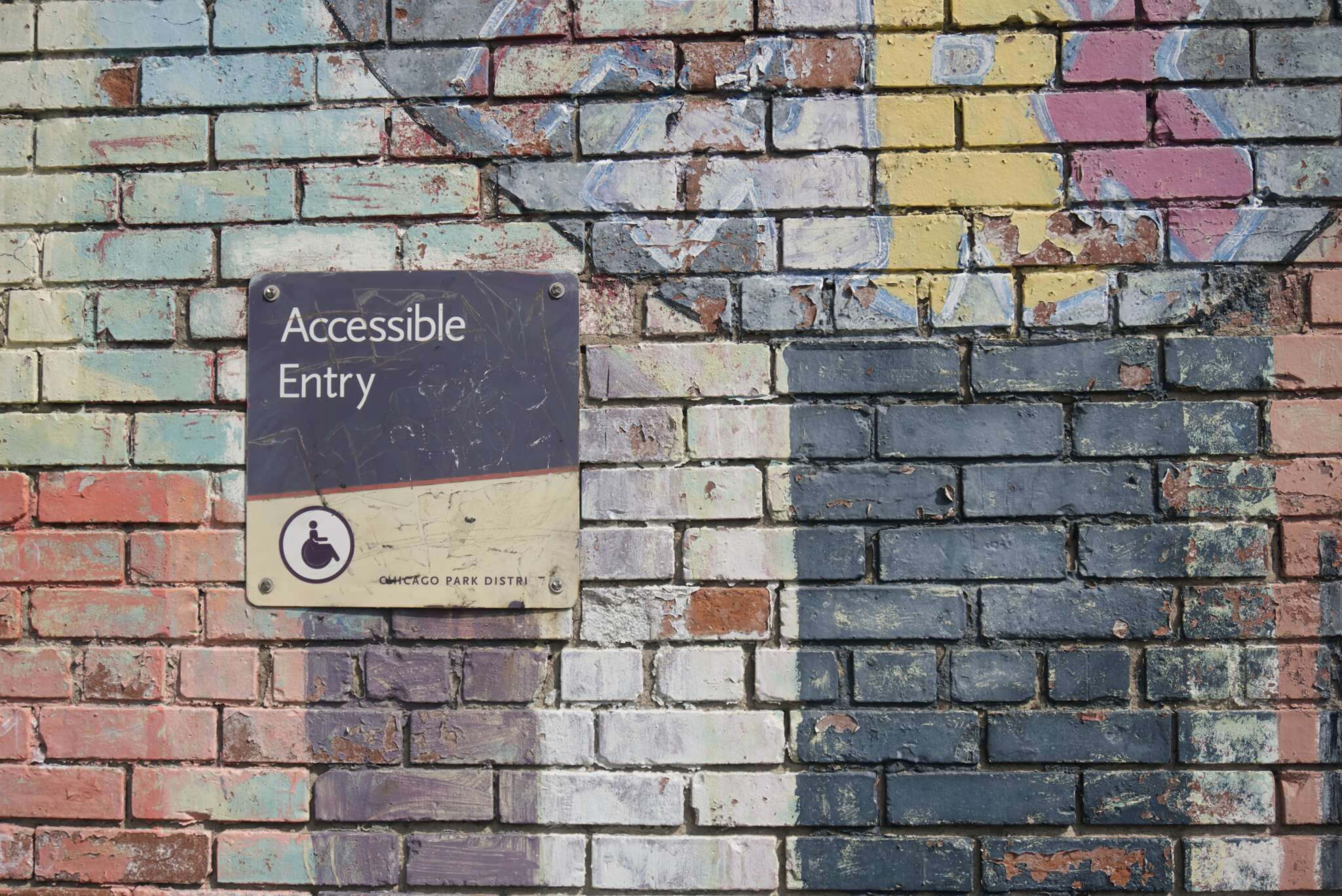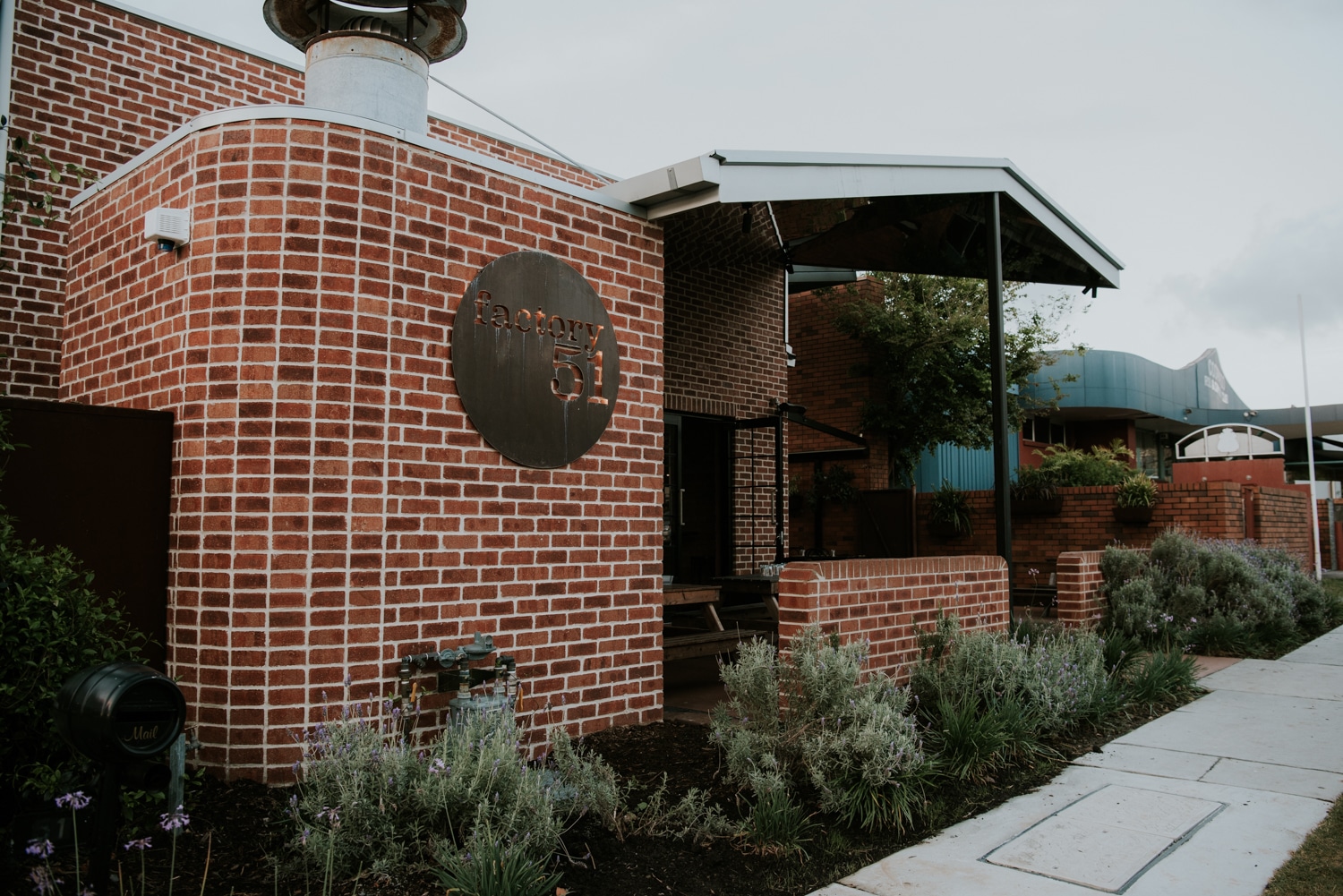MARKETING YOUR LIVE EVENT
You’ve got a brilliant event concept, planning is well underway, and then you’re faced with the big question: how are you getting people through the door? Promoting your event is not always an easy feat. There are competing interests, short attention spans, and a consumer mindset of “what’s in it for me?”. To help you on your way, we’ve put together a two-part series on successfully marketing your live event. Whether it’s a fundraiser, product launch, networking event, seminar, or conference, these tips will help set up your event for success.
PART 1: SUCCESSFUL SET UP
Prepare your Key Content
Before you can inform people about your event, you need to have clearly defined key pieces of information. Think of this as the who, what, when, where, and why of your event. Along with the name, date, time, and location, people will be interested in the primary purpose. Why do you need to raise funds? What will this workshop be teaching? How does this impact me? Key messaging is arguably the greatest weapon in the marketing war. Spend time preparing the main messages you want your audience to hear, understand, and remember. This will give you foundational content to use across your marketing efforts.
Key messaging is the hidden hero that often gets overlooked, as people tend to focus their efforts on visual components.

Know your Target Market
It would be a mistake to think that you can increase ticket sales simply by widening your appeal. The best events know their target market inside out and unapologetically go after them. They aren’t trying to be everything to everyone and dilute their offering in the process. Rather, they’re clear about their audience and in turn, can gain a cult-like following. Just take a look at Justin’s Beliebers – they’re typically not 60-year-old men! Knowing who your event will benefit, and what kinds of people it is relevant to, will greatly assist you when it comes to successfully marketing your live event. Which brings us to our next point…
Make your Event Accessible
If you want to attracts Mums of newborns, you wouldn’t schedule a weekday product launch at 5pm (hello, witching hour!). Similarly, if you’re trying to get men along to a fundraiser, you’d best avoid holding it the same night as Origin. These may be stereotypical examples, but for the majority they ring true. Choosing a day and time that is suitable for your market is essential; as is making your event accessible for people who have additional requirements. Look to offer Auslan translators for people who are deaf or hard of hearing. Choose a venue (like Factory51) that is accessible for wheelchairs and walkers. If there are likely to be babies in tow, ensure there are changing facilities, pram parking space, and a quiet place for feeding. The more accommodating your event can be, the less obstacles there are to people attending.

Choose the Right Channels
Once you’re clear on your target market and offering, it’s time to select the right marketing channels. But, shouldn’t we promote through every means possible, you ask? Well, that depends. If the channel isn’t relevant to your market, then you’ve not only wasted precious time and money, but you’ve robbed other channels of that investment. Take social media for example: a majority of your target market will sit across 2-3 social networking platforms. They’re unlikely to be on Facebook, Instagram, YouTube, LinkedIn, Twitter, Tik Tok, Pinterest, Tumblr, and Snapchat! Work out where your audience is and concentrate marketing efforts there.
Don’t forget, there are plenty of channels outside of social media to utilise dependent on your event and target audience:
- Websites/blogs
- Digital advertising
- Print advertising
- Podcasts/radio
- Industry-related bureaus and events
- Network/relationship marketing
- SEO marketing
- Email marketing
- Direct selling
- Influencers

Keep your Budget Flexible
Unless you have that mythical money-growing-tree at your disposal, chances are, you’ll have a marketing budget. Regardless of its size, it’s important to utilise your funds well. Rather than setting and forgetting, we recommend keeping your marketing budget flexible in the lead-up to the event. Yes, there will be some items that are fixed and won’t offer much room for movement. However, there will also be funds that can be redistributed depending on performance. If a paid ad is taking off and you’re seeing positive conversions, consider increasing or extending your investment. If an initial print run hasn’t yielded much interest, don’t be afraid to redistribute the remaining allocated funds elsewhere. Tracking performance is the key to keeping your budget flexible.
Keep a percentage of your marketing budget unallocated to seize new opportunities and allow for unexpected costs.
Offer Pricing Tiers
The risk of running an event is not getting a return on investment, which makes securing attendance one of the highest priorities. To aid traffic, it pays (pun intended) to offer discounts and pricing tiers. Early bird and group rates are two methods of converting your potential pipeline. Early bird rates help secure sales early (surprise!), whilst group rates encourage people to spread the word. Organisers may set a waterfall pricing structure which outlines rate changes in the lead up to an event, so the market knows what they’ll pay at any given date. Or, they may choose a scarcity system which allocates a specific number of tickets per pricing tier, and moves to the next tier once the allocation is exhausted. Whatever your chosen method, be sure to clearly communicate the pricing structure as this will help build FOMO – no-one wants to miss out!

Reward Loyalty
When looking to successfully market your event, start with your existing pipeline. Customers, supporters, and previous attendees are low hanging fruit, ready for the picking. They should be the first to hear of your event, and yet, at times they get shuffled down the priority list. Treating them like VIPs will help convert them from one-off customer to loyal advocate. Make the most of your database or foot traffic, and announce your upcoming event to your existing pipeline first. This is a golden opportunity to reward loyalty by offering early access, a special discount, or value add-on. If you’re holding a recurring event, be ready to announce the next date at the end of the current one. Capitalising on your audience’s current investment and emotion will help secure a return visit.
Incorporating these tips in your marketing strategy will help set your event up for success. Be on the lookout for Part 2, where we share tips for a successful roll-out. In the meantime, if you’d like to enquire about holding a function or event at Factory51, please contact us here.

